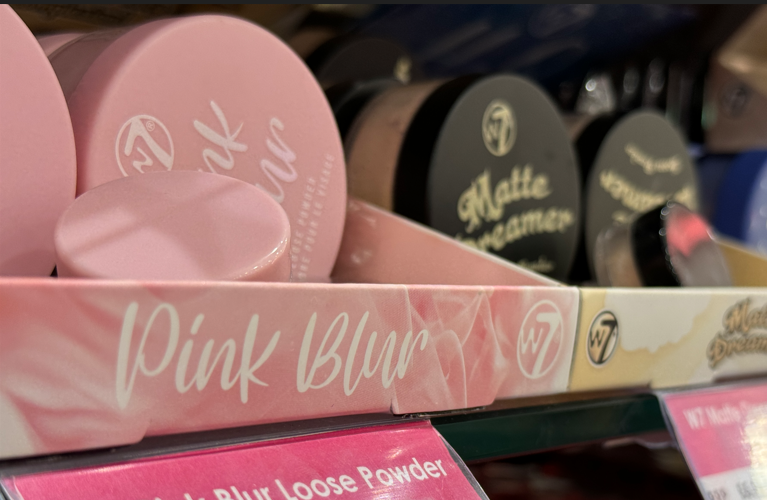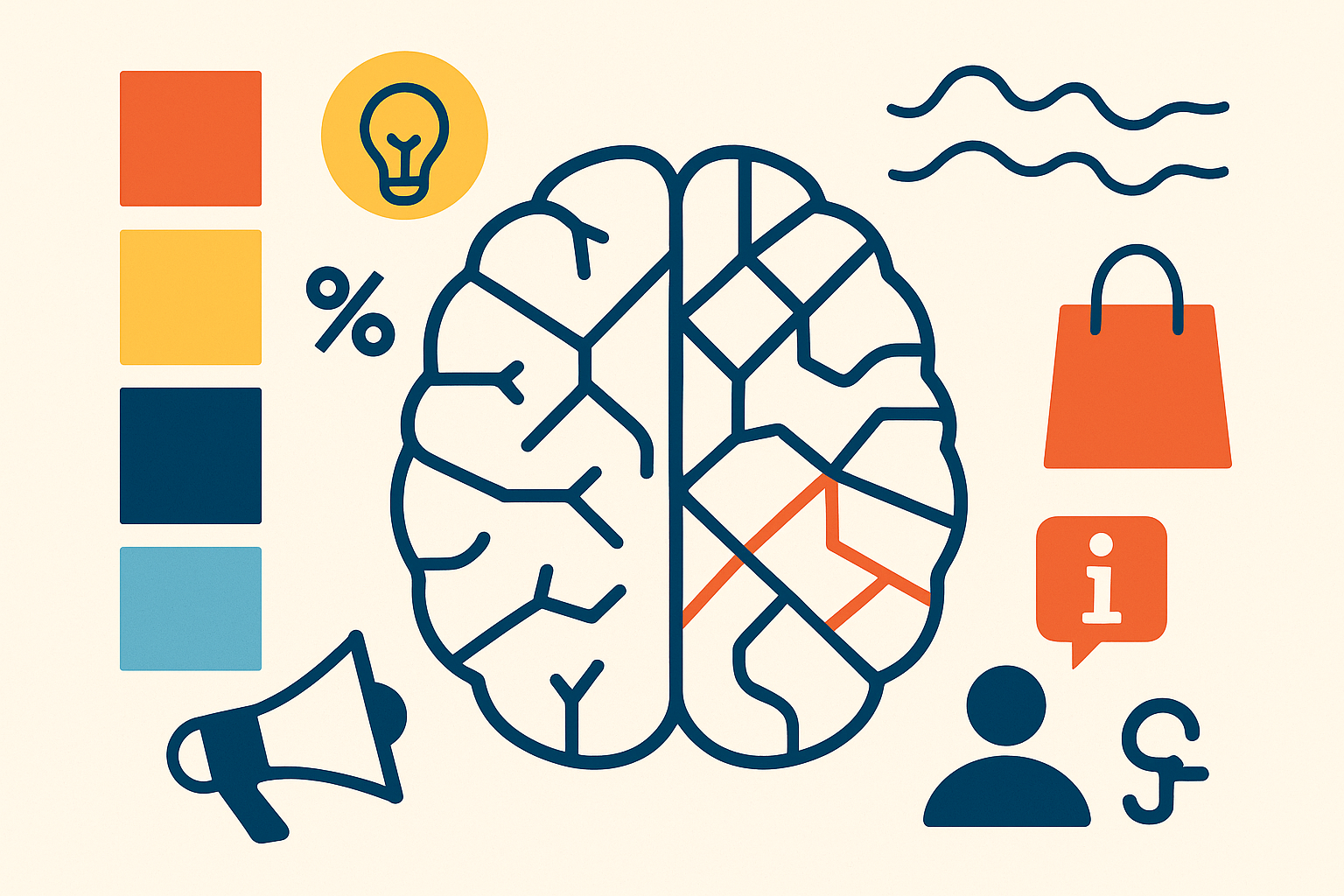Here are the highlights from this fascinating exploration, and what it means for the future of packaging.
📈 The Rise of Emotional Packaging
Packaging was once the unsung hero of product design, functional, protective, often an afterthought. But times have changed. Today, emotional design has stepped into the spotlight, thanks to pioneers like Donald Norman who introduced the concept in 2004.
The study reveals a three-phase evolution in EPD research:
- 2001–2008: A trickle of interest and foundational theories.
- 2009–2016: Steady development, with more empirical studies emerging.
- 2017–2023: A boom period, with 94 publications, indicating fast-growing academic and industry interest.
COVID-19 may have momentarily slowed things in2020, but the trajectory is clear: this field is only going up.
🌍 Who’s Leading the Pack?
The United States and the United Kingdom are the two powerhouses of EPD research. The US tops the list with the most publications and citations, while the UK boasts a tightly-knit academic cluster, especially through institutions like the University of Leeds and the White Rose University Consortium.
Still, the study suggests there's a collaboration gap. Researchers are often working in silos. More international and interdisciplinary cooperation could unlock exciting innovation.
🔍 Four Emotional Paths to Consumer Hearts
Through keyword clustering and timeline analysis, the research identified four major emotional design themes that have defined the EDOP landscape:
- Emotional Communication of Brand Packaging
- Think of how Tiffany’s blue box instantly evokes luxury, trust, and elegance.
- This theme explores how packaging can convey brand identity, values, and personality, creating that emotional bond between product and consume
- Emotional Triggers for Packaging Design
- Colours, shapes, fonts, and even textures can provoke specific emotional responses.
- For example, red might stir excitement; matte finishes might suggest sophistication.
- This area looks at how to deliberately engineer emotional cues into packaging, especially in sensitive areas like tobacco control, where design has public health implications.A recent deep-dive study published in Studies in Media and Communication offers the first-ever comprehensive bibliometric analysis of EPD, reviewing 129 academic articles published over three decades. It’s a goldmine of insight for designers, brand managers, marketers, and anyone curious about why good packaging makes us feel good.
- Emotional Experience and User Satisfaction
- Beyond the shelf, how does packaging feel in your hand? Is it intuitive to open? Does it make you smile?
- This theme is all about the user’s emotional journey with the packaging itself, from first glance to final use.
- Emotional Design and Consumer Behaviour
- This is where psychology meets marketing.
- Studies here examine how emotional responses to packaging influence purchase intent, brand loyalty, and even word-of-mouth.
- Classic theories like Mere Exposure and Dual Process Thinking help explain why repeated exposure to packaging boosts preference, or how emotional shortcuts (System 1) influence quick shopping decisions.
🧠 The Knowledge Backbone of EPD
The study also mapped the intellectual roots of this field into three foundational clusters:
- Sensory and Emotional Measurement: How our senses influence emotional reactions to packaging, sight, touch, even sound.
- Packaging, Branding & Behaviour Modelling: Exploring the direct link between packaging design choices and how consumers perceive, trust, and engage with brands.
- Cigarette Packaging in Tobacco Marketing: A well-researched niche showing how packaging can influence behaviour change, especially in regulated industries.
Together, these domains provide the bedrock knowledge for the next wave of innovation in EPD.
🗺 What’s Next? Emerging Frontiers
Based on trend analysis, future research in EPD is expected to focus on:
- Personalisation & Customisation: Tailoring packaging to individual tastes and lifestyles.
- Sustainability & Eco-Friendly Packaging: Emotional design will need to align with environmental values; recyclable, minimalist, or biodegradable packaging that still delights.
- Smart & Interactive Packaging: QR codes, augmented reality, and even emotion-tracking tech could reshape how we engage with physical packaging.
There’s also a strong call to diversify research methods. So far, the field leans heavily on empirical and quantitative techniques. Adding qualitative, immersive, and mixed-method approaches could unlock richer, more nuanced insights. Contact me if you'd like to know more about these specialist research methods.
🤖 Tech Meets Emotion
The report points out that emerging technologies like AI, biometrics, and VR/AR will play a big role in the future of EPD. Imagine testing packaging designs in virtual reality environments, or tracking micro-emotions through eye movement and facial expression analysis (something we already do).
Machine learning could help identify emotional triggers from massive datasets of consumer interactions. This is more than design, it’s emotional engineering.
💬 Final Thoughts: It’s Time to Design With Feeling
Packaging is no longer just about protection or convenience, it’s a strategic emotional tool. Whether you’re launching a new product, rebranding, or just trying to stand out in a crowded aisle, how your packaging makes people feel could make or break your success.
This bibliometric analysis is more than an academic exercise. It’s a roadmap. A call to action. A reminder that emotion matters in every touchpoint of the customer journey, and packaging might just be the first spark of that connection.
💡 If you're a brand strategist, packaging designer, marketer or researcher: now is the time to dive into EPD. We have the tools, data, and proof. The emotional possibilities are limitless.






